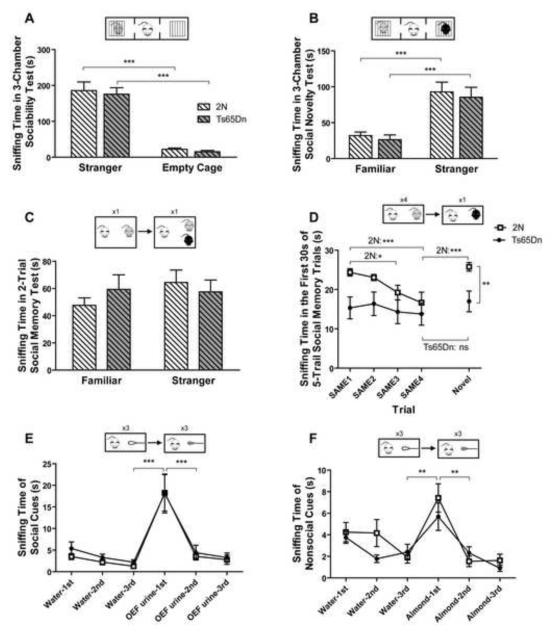Fig. 4. Sociability, social novelty, and social memory in 2N and Ts65Dn mice.
In the 3-chamber sociability test (A), mice spent more time investigating a caged intruder than an empty cage during session B. n=10 for both 2N and Ts65Dn mice. In the first 5 minute bin of the social novelty 3-chamber test during session C (B), animals spent more time sniffing at a cage with a novel intruder compared to sniffing a cage with a familiar intruder. n(2N)=9, n(Ts65Dn)=10. In the 2-trial social memory test (C), 30 minutes after the first interaction with an OEF, mice spent the same amount of time exploring both a familiar and a novel OEF intruder, n(2N)=9, n(Ts65Dn)=8. In the first 30 seconds of the 5-trial social memory test (D), Ts65Dn mice displayed no habituation, whereas 2N mice exhibited a significant habituation to the familiar OEF and a significant dishabituation to the novel OEF, n(2N) =9, n(Ts65Dn)=10. Olfactory habituation to social (E) and nonsocial cues (F) presented with cotton-tipped swabs was significant in both genotypes. In panels E and F, n(2N)=10 and n(Ts65Dn)=10. Results are presented as Mean ±/+ SEM (*=p<0.05, and **=p<0.01, ***=p<0.001, and ns=not significant).

